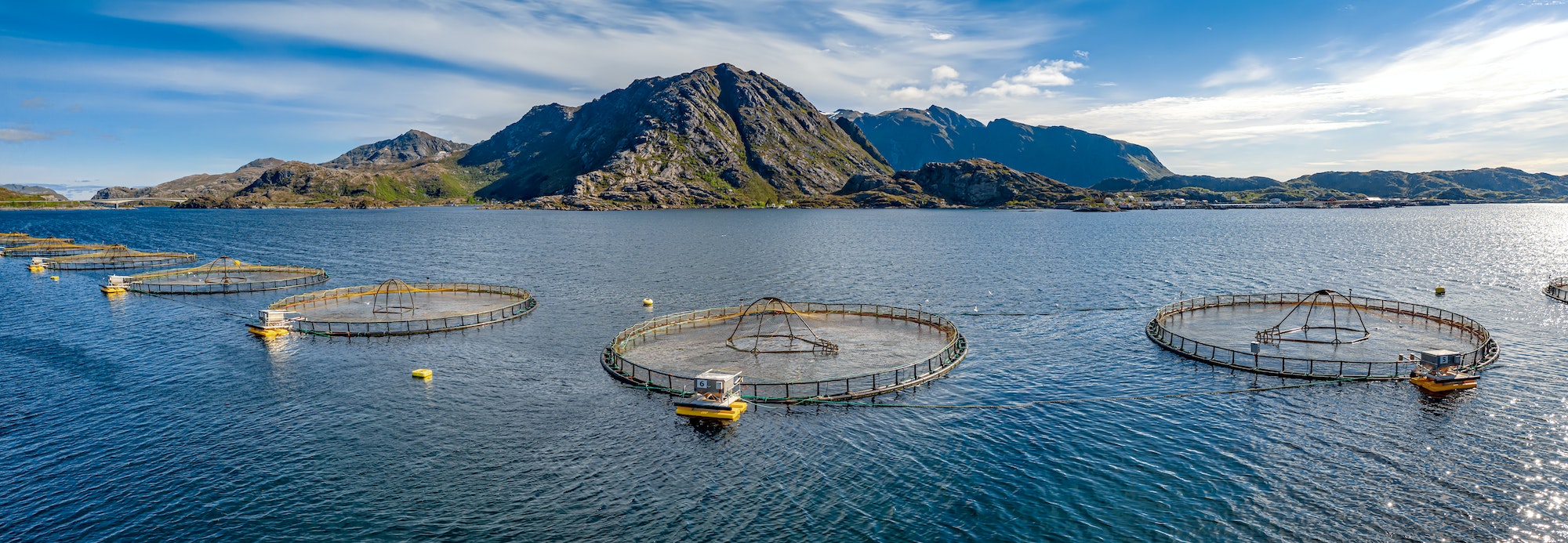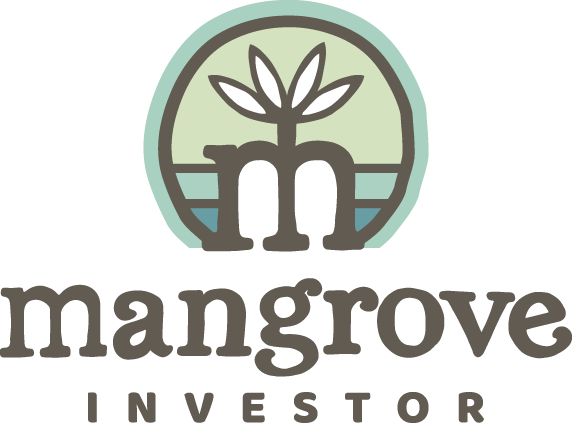

I Ate Poo
The waiter touted the catch of the day as a mild whitefish with a sweet, flaky texture.
Sounds great, I will have the Tilapia! I won’t lie, I did enjoy my first Tilapia meal. That was several years ago. Back then, tilapia was the new wonder fish.
It was farm raised, sustainable and was going to help with the overfishing of wild fish populations. It was a revolution in farmed protein.
That all change in 2007 when I watched an episode of Dirty Jobs with Mike Rowe.
As I sat and watched the episode, it became apparent that this new wonder fish may have a dark side. The episode showcased a Tilapia farm. But why would a fish farm even be on Dirty Jobs?
You can watch the show yourself, but the short version is “Thousands of fish crammed into concrete tanks eating poo!”
At that point my Tilapia meal did not sit so well. No more eating Tilapia and I did not care how good the waiter made it sound. The voice in my head telling me, “You are what you eat” rang clear. Fish eat poo, me eat fish, therefore I eat poo. I like to think fish farms have good intentions, but some seem to lack in execution.
Fish farms are nothing new. They date back to as early as 2500 BC in China. Fast forward to today and Aquaculture is a thriving. It is a vital business that is not just fish farming but includes all kinds of shellfish and plants.
Even more promising is the days of the poo filled fish crammed concrete tanks are evolving.
Once again, the waiter touted the catch of the day, with a mild yet sweet flavor and firm texture. Excellent, I’ll take the Kanpachi!
Once again, it was touted as the fish of the future… I had to be skeptical.
But as I dove into the “wonder fish” as some call it, everything almost seemed too good to be true.
Unlike the concrete sewer farms of Tilapia, Kanpachi are farmed in their natural environment, the ocean. The conditions are ideal for their natural and healthy growth. But this is not simple. The farmers must adapt to mother ocean and all it can send your way.
I like what Open Ocean (a Kapanchi farming company) says, “Thriving in the open ocean requires brains as well as brawn.”
So, technology is at the center of these operations. For example, each Open Ocean fish enclosure has a mobile automated feeding platform and an IoT stack that manages, monitors, and maintains the entire operation.
Artificial Intelligence helps make real time decisions about feeding, hazards and maintaining a healthy operation.
It is a truly impressive design, engineering, and computing platform that is built to handle whatever the ocean throws at it yet keep the fish healthy and safe.
All this adds up to me enjoying some more Kanpachi. All while taking comfort they are being farmed in a sustainable, healthy, and humane way.
But more importantly it shows that aquaculture has come a long way and is now a very viable and necessary part of the world food solution. Vantage Market Research projects the global aquaculture market to reach a value of USD 421.2 Billion by 2028.
The same approach to farming Kanpachi for highly sustainable and healthy fish is being used across all sorts of Aguaculture. From kelp farming in Alaska to revitalizing the shellfish grounds of New England and Maryland.
All this adds up to a bright future in the seafood industry and some really good eating!
For The Good,
Michael Nichols
Numbers to Know
163
The number of endangered and threatened marine species under NOAA Fisheries jurisdiction. (NOAA)
177.8 Million
The total tonnes of fisheries and aquaculture production in 2020 up 80% from 1990.(Statista)
3.1 Million
The most ever paid for a bluefin tuna when Kiyoshi Kimura , known as Japan’s “Tuna King,” paid a record $3.1 million for a 612-pound bluefin tuna at an auction. (CBS)
What’s New in Sustainable Investing
Despite recent backlash ESG investing moves forward
Tuning out the anti-ESG rhetoric, institutional investors globally are charging ahead with opportunities to finance a sustainable future. (Pensions&Investments)
Village Savings and Agriculture Insurance named the winner of the 2023 Kellogg-Morgan Stanley Sustainable Investing Challenge
The Kellogg-Morgan Stanley Sustainable Investing Challenge is an annual competition designed to inspire future leaders to develop innovative financial vehicles to help address critical social and environmental issues. (Morgan Stanley)
Video Of The Week
The Worlds Largest Fish Farm
At 110 meters wide and 67 meters high this thing is massive




